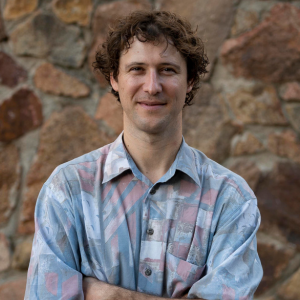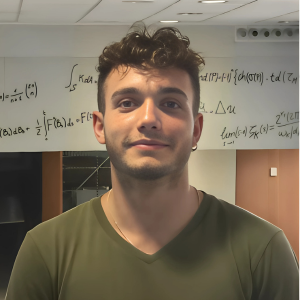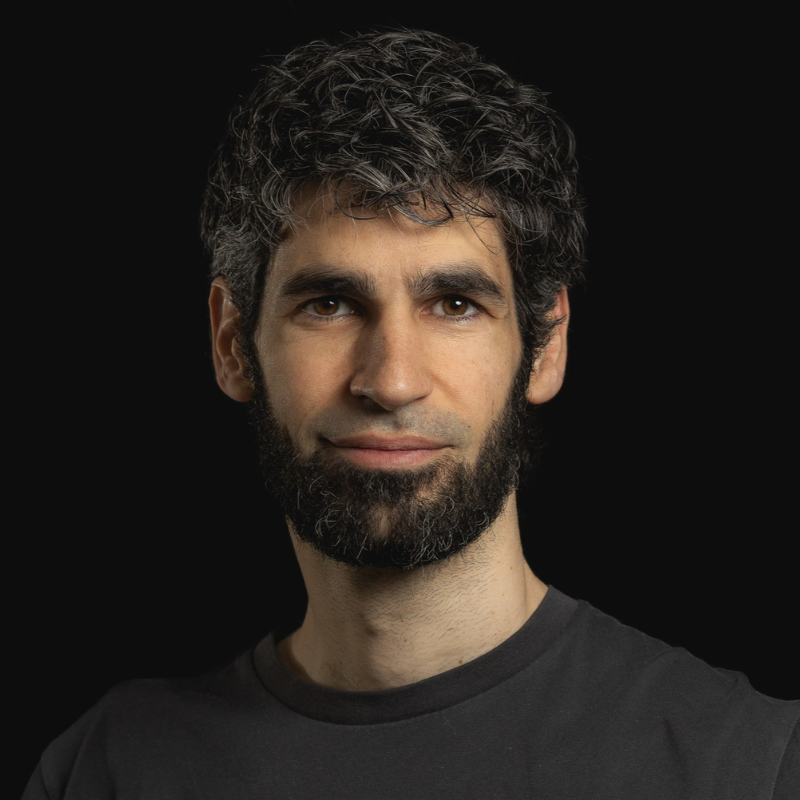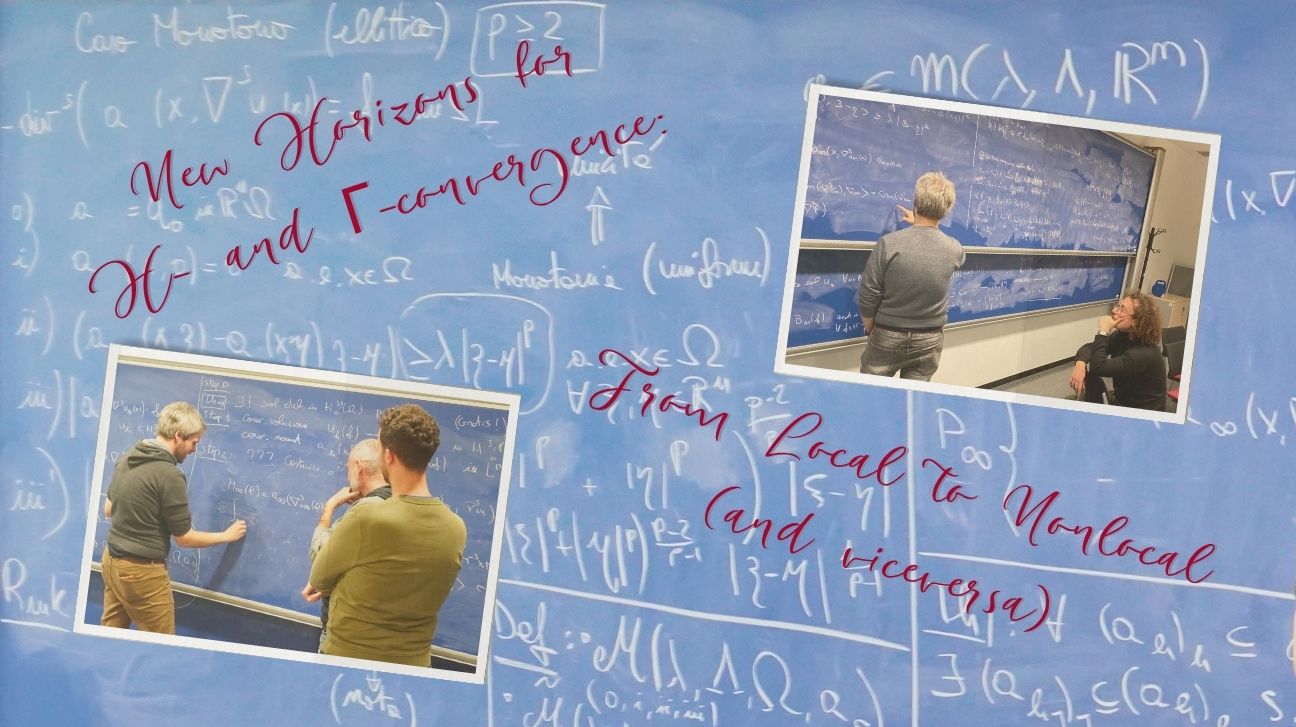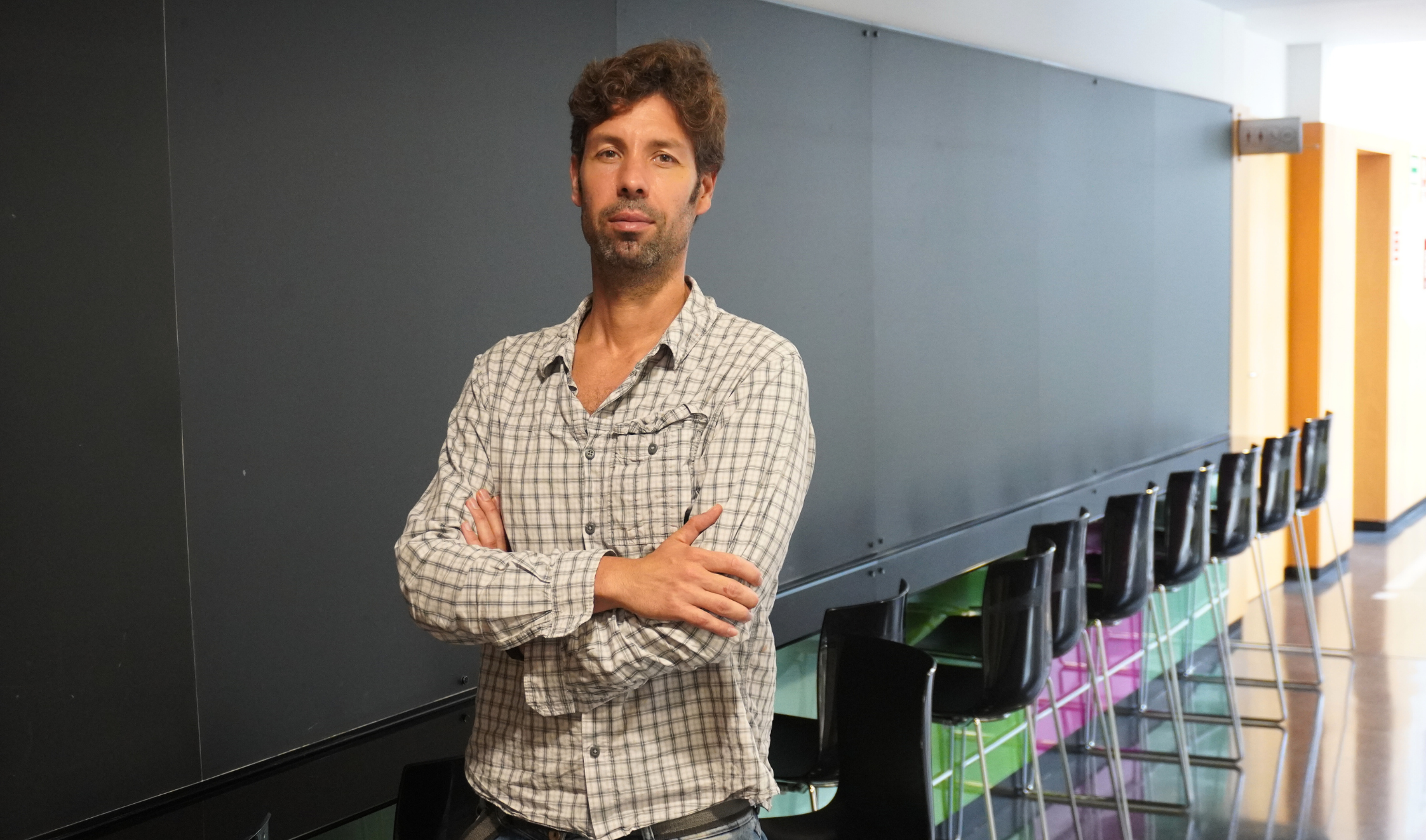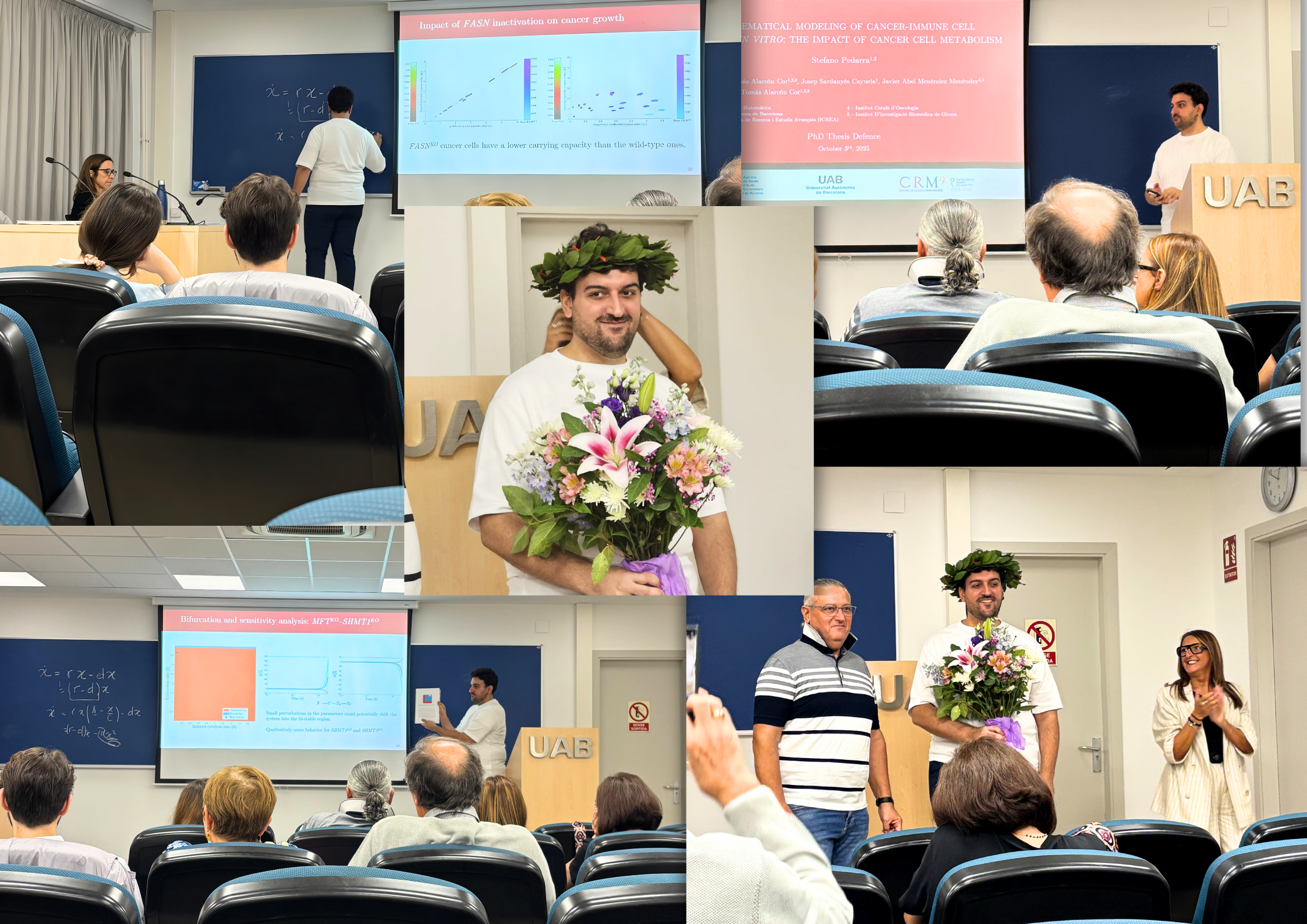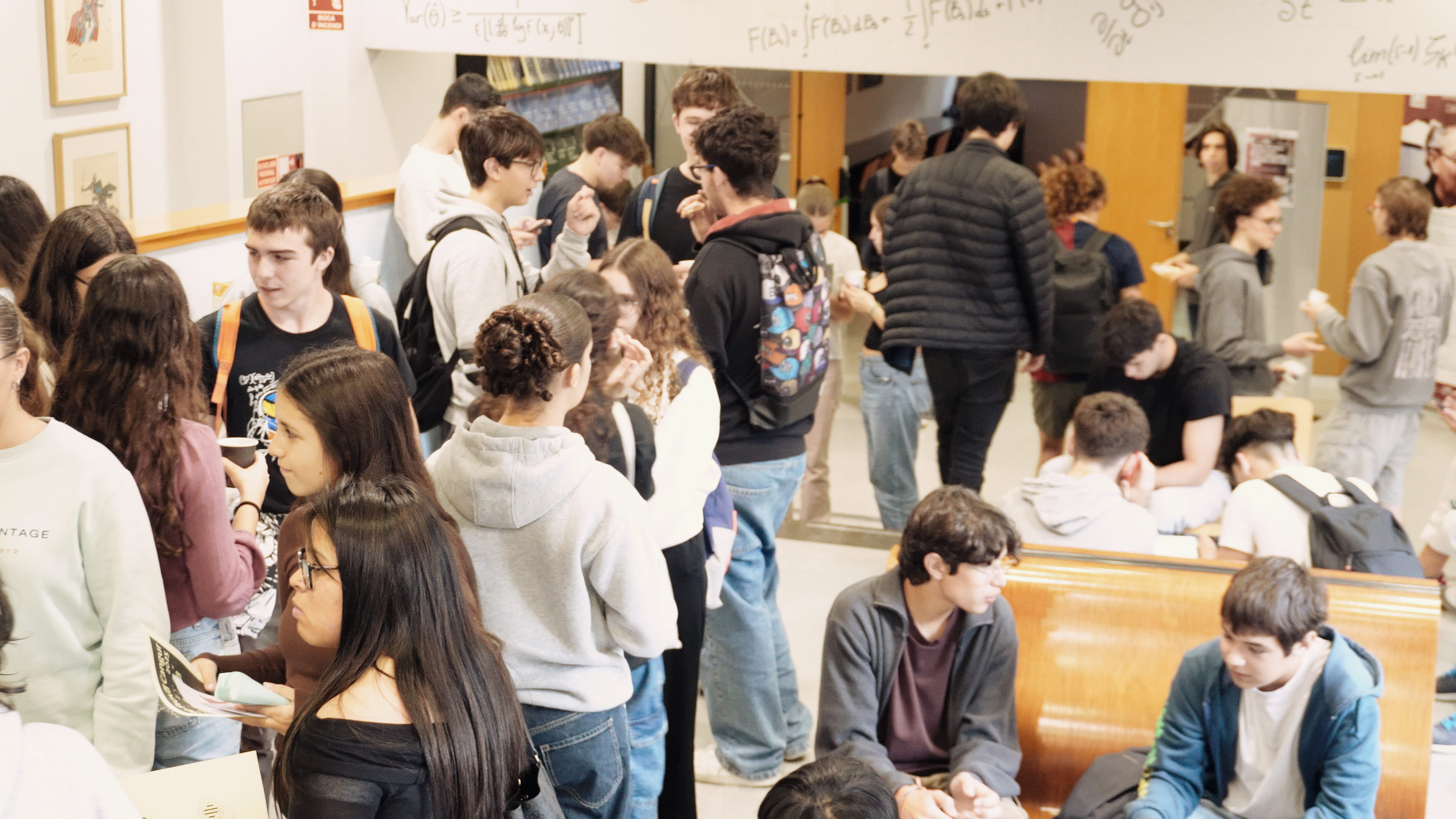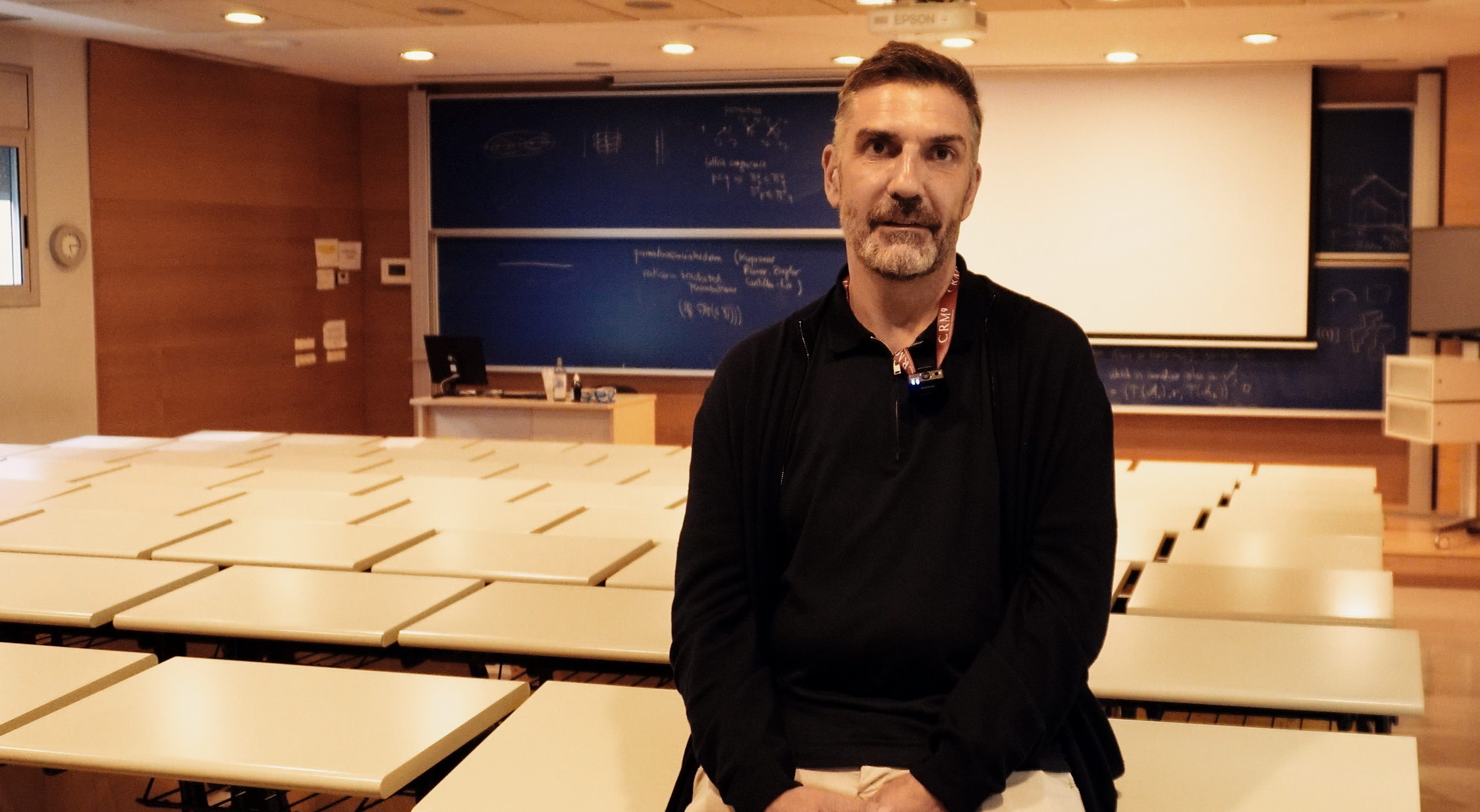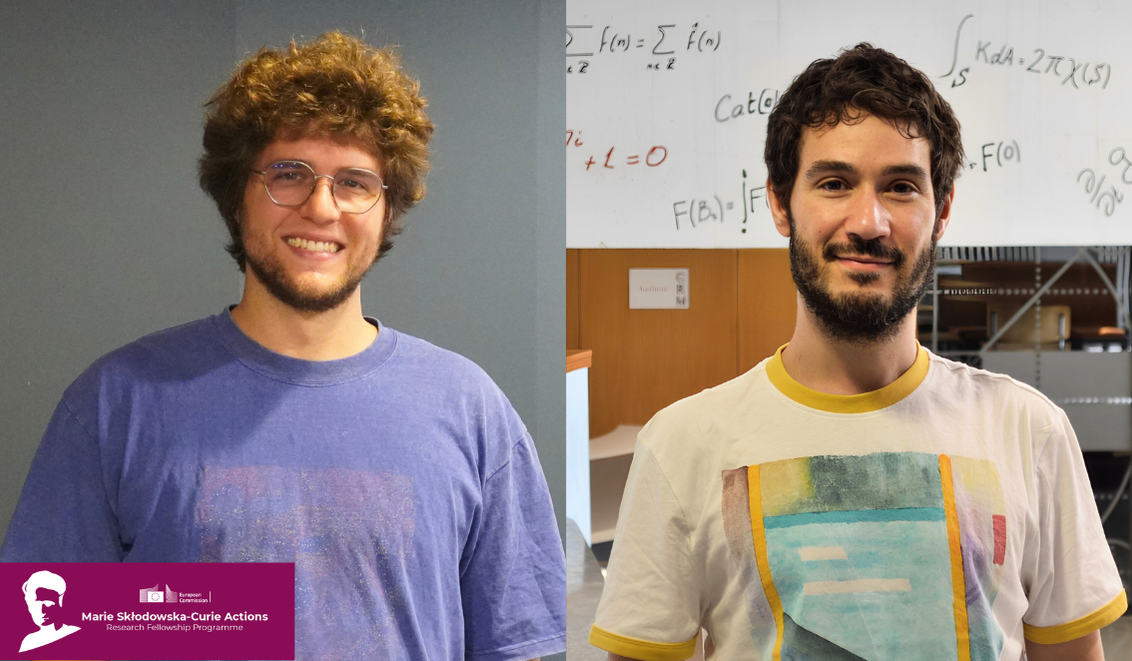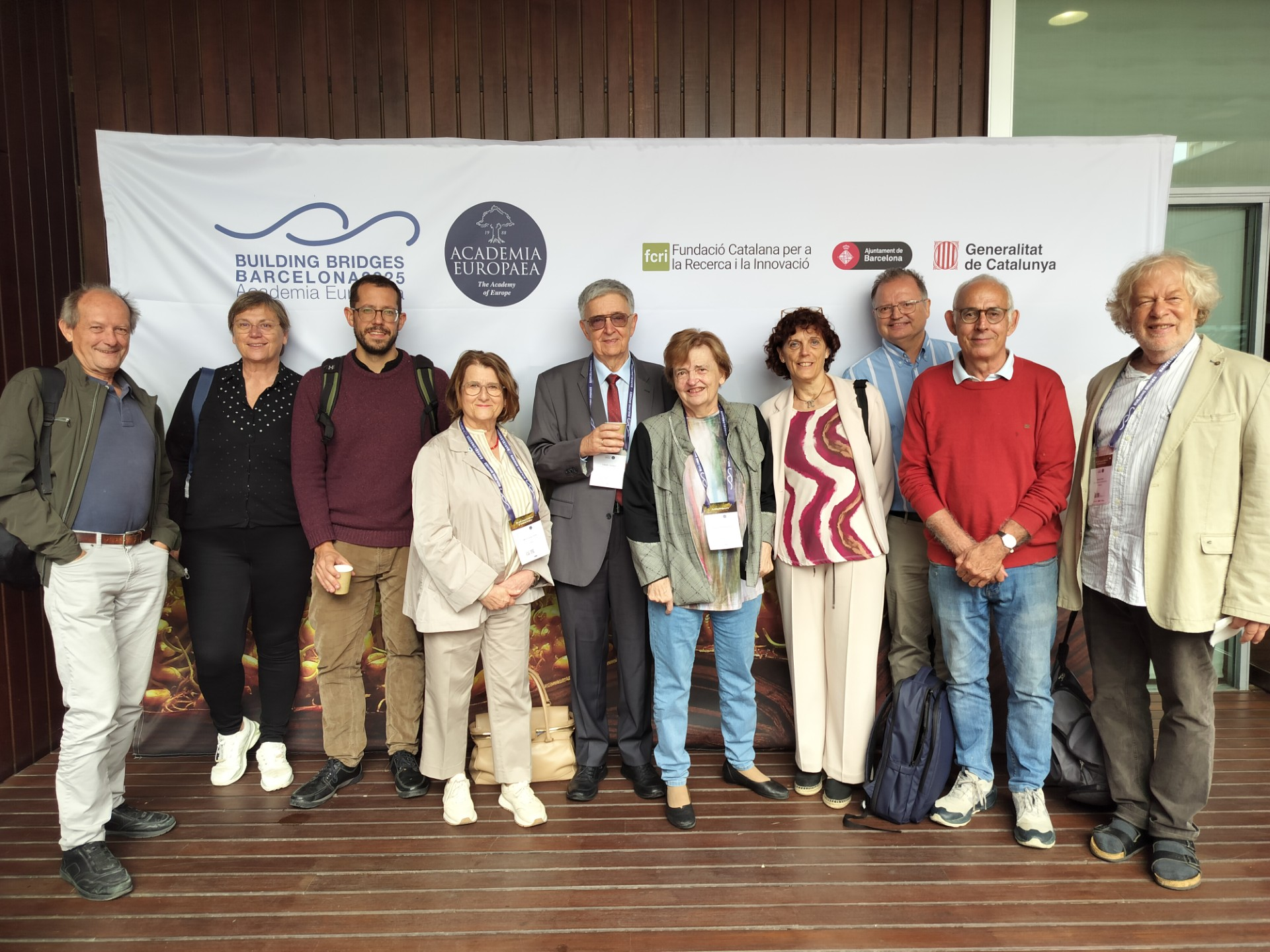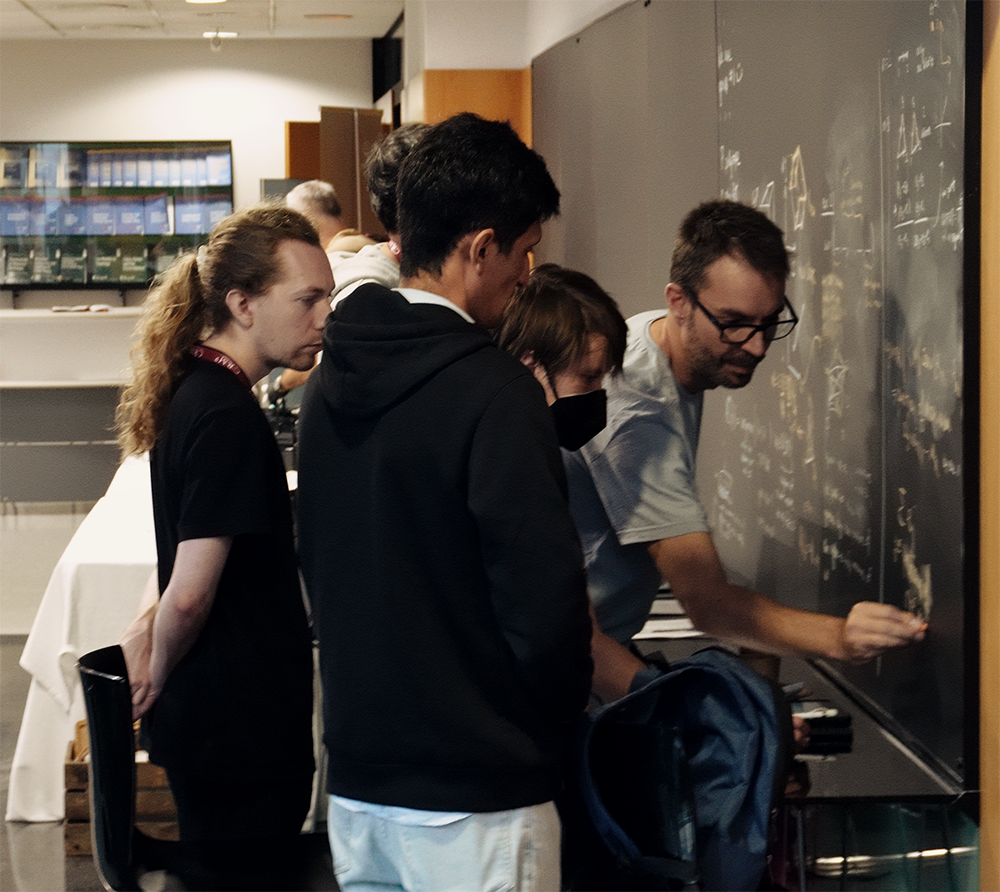
• The study reveals that decision-making and movement happen simultaneously, constantly adjusting to new sensory information rather than following a sequential process.
• Both humans and rats adjust their movements in real-time, demonstrating the brain’s flexibility in integrating past and present sensory input.
• These findings could improve adaptive AI algorithms and contribute to therapies for motor disorders by enhancing our understanding of movement and decision-making dynamics.
Imagine you’re at the grocery store, reaching for an apple. In that split second, you’re not just moving—you’re deciding. But what happens if new information arrives mid-reach? Do you commit to the motion you’ve started, or does your brain adjust on the fly?
A new study published in Nature Communications by researchers Manuel Molano-Mazón, Alexandre Garcia-Duran, Alexandre Hyafil, Jordi Pastor-Ciurana, Lluís Hernández-Navarro, Lejla Bektic, Debora Lombardo, and Jaime de la Rocha, explores this very question. The authors, affiliated with the Centre de Recerca Matemàtica (CRM), IDIBAPS, and the Universitat Politècnica de Catalunya (UPC), found that decision-making and movement don’t operate in separate steps. Instead, they unfold together, constantly adjusting in response to new sensory information.
For decades, scientists believed the brain followed a two-step process: first, deciding what to do, then figuring out how to do it. This study challenges that assumption. By observing humans and rats, the researchers discovered that decision-making and movement evolve in parallel, seamlessly integrating past expectations with real-time updates. “The brain is often treated as a machine that processes information sequentially: first, it decides, then it acts. But the reality is more complex. These processes are in constant communication and can modify each other in real-time,” explains Alexandre Garcia-Duran, a PhD student at CRM and one of the study’s authors.
In the experiment, human and animal participants had to choose between two options based on auditory cues. Sometimes, the environment confirmed their expectations; other times, it threw them a curveball. Initially, both rats and humans moved based on prior assumptions, predicting the likely outcome before fully processing the sensory evidence. But when the actual sound contradicted their expectation, they adapted—sometimes even reversing course mid-motion in what scientists call a change of mind.
For example, rats would begin moving toward a specific port, expecting the louder sound to come from that direction. Yet within just 100 milliseconds, if the evidence pointed elsewhere, they would either slow down, speed up or abruptly switch direction. Remarkably, human participants showed the same qualitative behaviour when performing a similar task on a touchscreen.
Humans, like rats, balance prior expectations with real-time sensory input. Their accuracy improved as sound cues became clearer, even when reacting in as little as 50 milliseconds. When expectation and evidence aligned, movements were faster; when they clashed, movements slowed down. In about 7% of trials, participants changed their decision mid-movement—most often when prior assumptions were strongly contradicted by new information.
“A change of mind occurs when two sources of information contradict each other. Your expectations tell you one thing, but new evidence tells you another. If the new signal is strong enough and the cost of adapting is low, you switch,” says Garcia-Duran. He adds that it’s not just about how much information the brain receives but also the effort required to change course: “If you’re about to complete a movement and a contradictory signal arrives, you might just finish what you started instead of correcting mid-action.”
The Brain’s Parallel Processing Power
To understand this dynamic interplay between movement and decision-making, researchers built a computational model. Unlike traditional models that only predict final choices, this one captures how decisions evolve in real-time and shape movement.

The model accumulates sensory evidence through a drift-diffusion process, integrating prior expectations and real-time stimuli to determine movement direction. An urgency signal triggers an initial movement, which can later be updated based on further sensory input, either accelerating or reversing the trajectory if the new evidence contradicts prior assumptions. To estimate model parameters, a neural network is trained on 10 million simulations, approximating choice, reaction time, and movement adjustments for likelihood-based inference.
“ Richard Feynman once said: ‘What I cannot create, I do not understand.’ That’s essentially what we do with models—break down the fundamental mechanisms that drive behaviour,” Garcia-Duran explains. The model outlines two pivotal stages: an initial read-out, where movement is triggered by prior expectations and minimal sensory input, and a second read-out, where fresh sensory data fine-tunes the action. If the new evidence sharply contradicts the initial decision, the brain can even reverse the movement mid-action—an adaptive skill essential for survival in unpredictable environments.
To test the model’s accuracy, the team trained artificial neural networks on millions of simulated decisions, predicting choices, reaction times, and movement speeds. The results aligned closely with real-world behaviour: movements were faster when expectations matched sensory input and slower when they conflicted. This supports the idea that our actions aren’t pre-programmed sequences, but dynamic processes shaped by an ongoing accumulation of evidence.
However, Garcia-Duran emphasises that no model is perfect: “Models are never an exact replica of reality. Human behaviour is incredibly stochastic—there are so many overlapping processes that some level of variability is inevitable. The challenge is to isolate the fundamental mechanisms while keeping the model simple enough to be useful.”
Understanding how the brain continuously refines movement has implications far beyond the lab. These insights could improve robotic motion algorithms, making artificial intelligence more adaptive in real-world environments. They could also inform therapies for motor disorders like Parkinson’s disease, where both movement control and decision-making are impaired.
“The most immediate potential application is in clinical research. If we understand how this process should work under normal conditions, we can compare it with patients who have neurological disorders and identify what’s malfunctioning,” Garcia-Duran points out.
Looking ahead, the researchers want to explore whether the brain continuously integrates new information or does so in discrete steps. “One big question is whether we are constantly processing new evidence or updating in discrete bursts. What’s more efficient; absorbing all incoming information at all times or selectively updating when necessary? That’s something we still don’t know,” Garcia-Duran says.
So, the next time you hesitate mid-action or suddenly change course, don’t mistake it for indecision. It’s just your brain doing what it does best; keeping you on the right path, even when the world throws you new information at the last second.
Article reference:
Molano-Mazón, M., Garcia-Duran, A., Pastor-Ciurana, J. et al. Rapid, systematic updating of movement by accumulated decision evidence. Nat Commun 15, 10583 (2024). https://doi.org/10.1038/s41467-024-53586-7
|
|
CRM CommPau Varela
|
Xavier Ros-Oton among the 65 most cited mathematicians in the world
ICREA professor at the Universitat de Barcelona and CRM affiliated researcher Xavier Ros-Oton appears on Clarivate's Highly Cited Researchers 2025 list, which this year reinstates the mathematics category after two years of exclusion.Citations are a strange way to...
New Horizons for H- and Γ-convergence: From Local to Nonlocal (and viceversa)
The researchers Maicol Caponi, Alessandro Carbotti, and Alberto Maione extended the H- and Γ-convergence theories to the setting of nonlocal linear operators and their corresponding energies. The authors were able to overcome the limitations of classical localization...
Diego Vidaurre joins the CRM through the ATRAE talent programme
Diego Vidaurre has joined the Centre de Recerca Matemàtica through the ATRAE programme, bringing his expertise in modelling spontaneous brain activity across multiple data modalities. His work focuses on understanding how the brain’s intrinsic dynamics shape...
El CRM a la Setmana de la Ciència: una ruta entre dones, formes i pensament
El CRM va participar en la 30a edició de la Setmana de la Ciència amb una ruta guiada que va combinar les biografies de dones matemàtiques amb obres d'art del centre, connectant ciència, història i creació artística.El 12 de novembre, el Centre de Recerca Matemàtica...
Stefano Pedarra Defends his PhD Thesis on the Interaction between Tumour Cells and the Immune System
Stefano Pedarra has completed his PhD at the Centre de Recerca Matemàtica with a thesis exploring how tumour-cell metabolism shapes the immune system’s ability to fight cancer. His work brought mathematics and biology into direct conversation, from building models to...
Els estudiants participants a la prova de preselecció de Bojos per les Matemàtiques visiten el CRM
La prova de preselecció de Bojos per les Matemàtiques va reunir estudiants de tot Catalunya a la UAB i al CRM, amb presentacions a càrrec de Montse Alsina, presidenta de la Societat Catalana de Matemàtiques, Núria Fagella, degana de la Facultat de Matemàtiques i...
Jordi Mompart highlights the role of artificial intelligence in sport at the XIII GEFENOL-DIFENSC Summer School
The XIII GEFENOL-DIFENSC Summer School gathered over thirty researchers from across Europe to explore how statistical physics helps explain complex phenomena in biology, ecology, networks, and social systems. In his closing lecture, Jordi Mompart (UAB) examined how...
Critical Slowing Down in Genetic Systems: The Impact of Bifurcation Proximity and Noise
An international collaboration including researchers from the Centre de Recerca Matemàtica (CRM) has shown that when several bifurcations occur close to one another, their interaction can dramatically amplify critical slowing down effect - the progressive slowdown of...
Two CRM researchers begin their Marie Skłodowska-Curie fellowships
Gustavo Ferreira and Tássio Naia, CRM postdoctoral researchers and new Marie Skłodowska-Curie fellows. Gustavo Ferreira and Tássio Naia, who joined the CRM in 2023 through the María de Maeztu programme, have started their Marie Skłodowska-Curie postdoctoral...
Matroid Week at CRM: A Collaborative Dive into Combinatorial Geometries
From October 13 to 17, 2025, the CRM hosted Matroid Week, a research school on combinatorial geometries and matroid theory. Courses by Laura Anderson and Geoff Whittle explored intersection properties and structural emergence in matroids. The event fostered deep...
László Lovász receives the 2025 Erasmus Medal in Barcelona
Mathematician László Lovász received the 2025 Erasmus Medal from the Academia Europaea yesterday at the PRBB in Barcelona, where he delivered the lecture “The Beauty of Mathematics”. Renowned for his work in graph theory and discrete mathematics, Lovász has shaped...
Combinatorial Geometry Takes Shape at the CRM
For one week in early October, the Centre de Recerca Matemàtica became a meeting ground for the world of combinatorial geometry. The Polytope Week research school gathered more than fifty participants from three continents to study the interplay...

